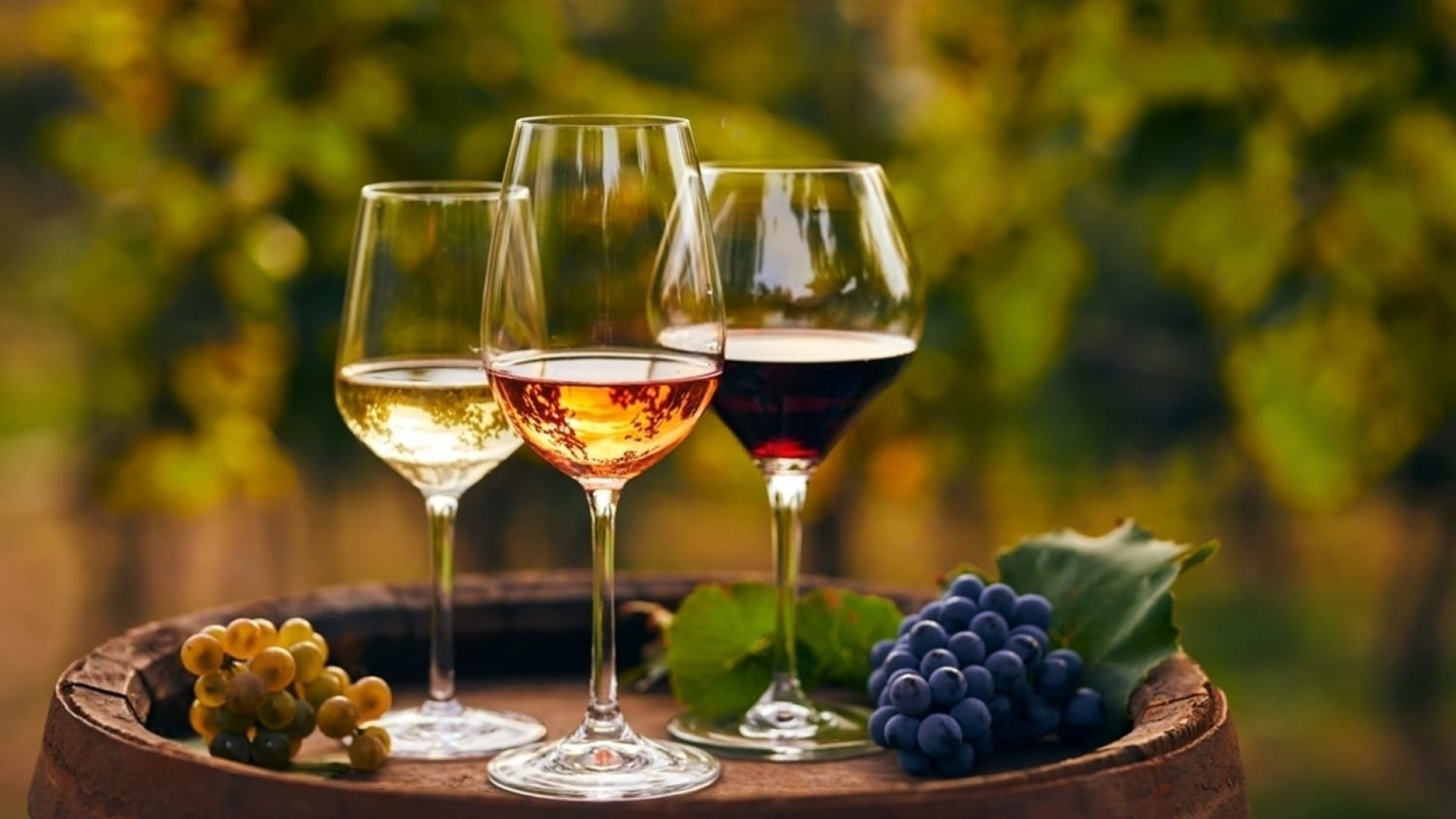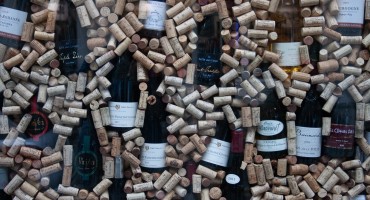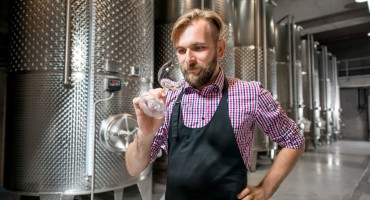The Science of Wine: Understanding Varietals and Vintages

Wine, with its rich history dating back thousands of years, has transcended time and cultures to become a cherished beverage around the world. There are countless wine varieties available, each with its distinct characteristics and flavors, making the world of wine an enchanting realm for enthusiasts and novices alike. Two essential aspects that greatly influence a wine's personality are the grape varietals and vintages. Understanding the concepts of wine varietals and vintages can enhance your appreciation of this ancient libation.
The Role of Varietals in Wine: A Symphony of Grapes
The primary grape variety used in winemaking is referred to as the varietal. In some regions, regulations dictate that a wine must contain a certain percentage of a particular grape to be labeled as such. For instance, in France, a red wine labeled as "Bordeaux" must predominantly consist of grapes like Cabernet Sauvignon, Merlot, Cabernet Franc, Petit Verdot, and Malbec.
Each varietal contributes its unique flavor profile and characteristics to the final wine. This diversity allows winemakers to craft an array of wines, each distinct from the other.
Let's take a closer look at some popular grape varietals and their typical attributes:
1. Cabernet Sauvignon:
Originating from Bordeaux, Cabernet Sauvignon is known for its bold and robust flavors. The wine often boasts blackcurrant, cherry, and blackberry notes, complemented by hints of cedar, vanilla, and tobacco. It tends to age well, gaining complexity and subtlety over time.
2. Chardonnay:
A versatile grape that can produce both sparkling and still wines. Chardonnay wines are often rich, full-bodied, and buttery, with flavors of apple, pear, and tropical fruits. Oak aging can add additional layers of complexity, incorporating notes of vanilla and toasted oak.
3. Pinot Noir:
Considered one of the most challenging grapes to grow but rewarding in the hands of skilled winemakers. Pinot Noir offers delicate red fruit flavors like cherry, raspberry, and strawberry, often accompanied by earthy and floral undertones. The wine is known for its elegance, finesse, and ability to express terroir.
4. Sauvignon Blanc:
Sauvignon Blanc wines are refreshing, crisp, and vibrant, making them perfect for warm climates. Tasting notes often include citrus fruits like lime and grapefruit, along with grassy and herbal characteristics. Some regions produce a more tropical style with flavors of passionfruit and gooseberry.
5. Merlot:
Known for its softer tannins and approachable nature, Merlot is a popular blending grape and a stand-alone varietal. Flavors range from red plum and cherry to hints of chocolate and herbs. Merlot can be velvety and supple, making it enjoyable for a wide range of palates.
The Impact of Vintages: The Dance of Nature and Climate
A wine's vintage refers to the year the grapes were harvested, and it plays a pivotal role in the final product. Each vintage is influenced by a complex interplay of environmental factors, including climate conditions, rainfall, temperature, and disease pressure. These conditions determine the grapes' ripening process and directly affect their flavor, acidity, and sugar levels.
Winemakers often strive for consistency in their products, but Nature's unpredictability ensures that no two vintages are ever the same. Therefore, the vintage can have a significant impact on the quality and style of the wine produced. A cooler growing season may yield wines with higher acidity and less sweetness, while a warm, dry season can lead to riper, fruit-forward wines.
Understanding the Nuances: Terroir and Winemaking Techniques
To truly grasp the essence of wine, one must also consider the influence of terroir, a term that embodies the unique combination of factors in a specific vineyard location, such as soil composition, topography, climate, and even the cultural aspect of the region.
Terroir can be the essence of what makes a wine distinct, as it imparts its characteristic signature to the grapes grown in that area. For instance, the chalky soils of Champagne contribute to the bright acidity and minerality found in its world-famous sparkling wines.
Moreover, winemaking techniques can further shape a wine's flavor profile. Factors like fermentation vessels, oak aging, blending, and aging length can all have a profound influence on the final product.
Good and Bad Vintages: The Role of Sunshine
When considering what defines a good or a bad vintage, it all comes down to one crucial factor: sunshine. A vintage reflects a region's weather patterns in a specific year, and sunny days play a pivotal role in determining its quality. Grapes need ample sunshine to achieve full maturity and optimum ripeness levels.
In a good vintage, when the region experiences the right balance of sunshine, grapes have the best chance to ripen fully, resulting in high-quality fruit. However, when a region faces excessive rain and cloudy weather, grapes may not reach their full potential. They become more susceptible to rot and disease, leading to lower-quality grapes and, consequently, lower-quality wines.
On the other hand, if a region becomes excessively hot with too many days above 92 ºF / 33 ºC, the intense heat causes grapes to become fascinated before they can fully ripen. This can result in wines that lack balance, being either flabby or with bitter tannins.
In summary, the presence of the right amount of sunshine plays a crucial role in defining a good or bad vintage, ultimately shaping the quality and character of the wines produced.
Why Do Vintners Prefer Crafting Non-Vintage Wines?
Vintners opt for producing non-vintage wines by artfully blending wines from various vintages, thereby achieving a consistent and signature flavor profile year after year. These blends are often referred to as "house style" creations, as they aim to maintain a uniform taste across different batches. This practice is commonly employed in the production of Champagnes and fortified wines such as Port or Sherry.
Utilizing non-vintage wines empowers vintners to craft wine styles that remain consistent, reflecting the wine's distinctive characteristics rather than being tied to a specific vintage. Perfection is continuously strived for by boutique winemakers, through the meticulous blending of various wines. Some of the most cherished blends are those that are comprised of wines from different years, adding complexity and depth to creations.
Wine Tasting: Exploring Varietals and Vintages
Tasting of wine provides an excellent opportunity to experience the influence of varietals and vintages firsthand. When tasting a flight of wines, pay attention to the color, aroma, and taste of each wine, noting the differences and similarities between them. Try wines from various regions and compare the expressions of the same grape in different vintages.
Wine tasting at Mattebella Vineyards, for example, offers an exquisite experience that delights the senses and captures the essence of the Hamptons' winemaking culture. As part of a wine tour, visitors are invited to indulge in the art of savoring meticulously crafted wines in a serene and picturesque setting. You might be astonished by how a single grape can produce such diverse and delightful wines.










